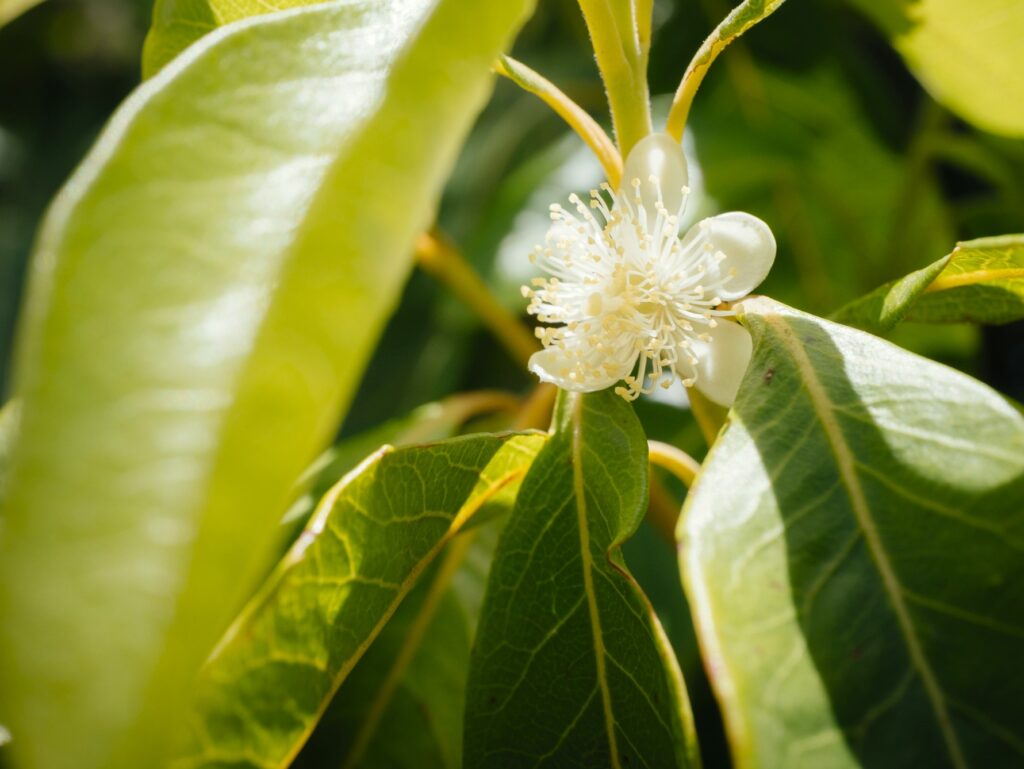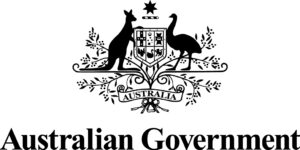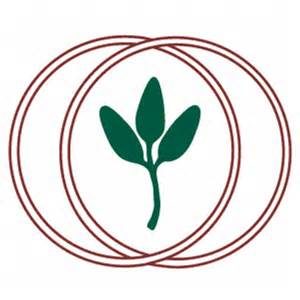Recovery Action Coordination for high priority Myrtle Rust affected species
The ANPC is excited to be undertaking this new project, funded by the Australian Government under the Saving Native Species program, which will coordinate recovery actions over 18 months until end of March 2026, for four Critically Endangered plants at risk of near-term extinction or serious decline due to the exotic fungal disease Myrtle Rust:
- Native Guava (Rhodomyrtus psidioides).
- Angle-stemmed Myrtle (Gossia gonoclada).
- Scrub Turpentine (Rhodamnia rubescens).
- Smooth Scrub Turpentine (Rhodamnia maideniana).
All have similar complex recovery needs. A cross-jurisdictional, cross-departmental and cross-disciplinary approach is vital for an effective conservation response. The conservation path entails emergency germplasm capture, propagation, ex situ conservation, research, genetic analysis, the selection of rust-tolerance traits, and eventual reinforcement or reintroduction of populations in the wild.
This project will enable the development of a Recovery Team for the four target species as a lasting foundation for unified recovery actions. It will facilitate the transition of currently separate activities (4 species, 2 States, multiple agencies) into an agreed common action framework, along with reporting and communications, and help assist with securing operational resourcing for ongoing Recovery Actions.
Project Manager Pip Walsh is coordinating this project, contact details below.

Rhodomyrtus psidioides flower – credit: Richie Southerton
This project is supported by funding from the Australian Government.

Background
The ANPC has played a key role in national Myrtle Rust matters since 2011, maintains a comprehensive information hub and was instrumental in developing the 2020 National Action Plan for Myrtle Rust (NAPMR). NAPMR is the action template for MR-affected species used by Commonwealth, States and researchers.
In 2022/23 the ANPC, on a 13 month federally funded Environmental Restoration Fund grant, established a successful pilot dispersed-custody model for Native Guava with representative sampling of surviving wild germplasm, genetic management and communications/training activities.
The project was extended for a further 12 months on Saving Our Species (SOS) NSW funding, including some limited Scrub Turpentine action as well. Project partners included:
• NSW Dept of Planning & Environment, SOS Program (now NSW DCCEEW)
• QLD Dept of Environment, Science and Innovation
• QLD Dept of Agriculture and Fisheries
• Dandenong Ranges Botanic Garden
• Australian Botanic Garden Mount Annan (Botanic Gardens of Sydney)
• Blue Mountains Botanic Garden (Botanic Gardens of Sydney)
• Lismore Rainforest Botanic Gardens
• Australian National Botanic Gardens
• Booderee Botanic Gardens
• Research Centre for Ecosystem Resilience (Botanic Gardens of Sydney)
• Council of Heads of Australian Botanic Gardens/Australian Seed Bank Partnership
